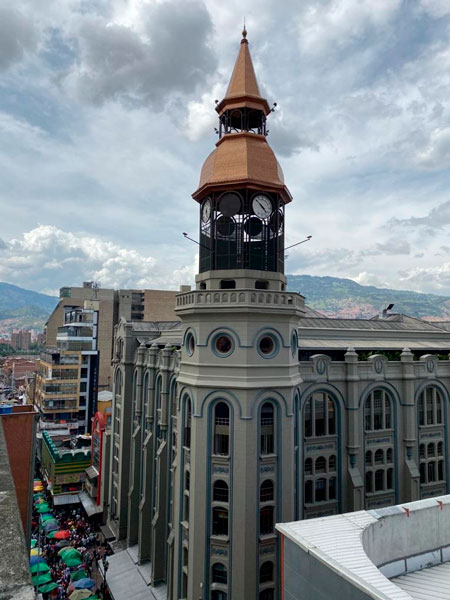Did you know that Medellín was once a small, quiet town surrounded by mountains? Today, it’s a vibrant city known for innovation, culture, and incredible landscapes. But how did Medellín transform into what it is today? Let’s explore the fascinating journey of this Colombian city.
The Beginnings: A Modest Colonial Settlement
The history of Medellín begins in 1616, when Spanish settlers founded a small village called San Lorenzo de Aburrá in the Aburrá Valley. The region was originally inhabited by the indigenous Aburrá people, who lived off agriculture and trade. However, as Spanish colonization expanded, the area grew into a settlement that later became Villa de Nuestra Señora de la Candelaria de Medellín in 1675.
During the colonial period, Medellín remained a quiet town, focused on farming and local commerce. Unlike coastal cities like Cartagena, it wasn’t a major center for trade or politics at the time.
19th Century: Growth and Independence
In the 1800s, Medellín started to grow, especially after Colombia gained independence from Spain in 1810. Coffee production became a key industry, bringing wealth to the region. As trade routes expanded, Medellín became an important commercial hub in Colombia.
The city’s population increased, and industries such as textiles began to emerge. By the late 19th century, Medellín was no longer just a small town—it was on its way to becoming one of Colombia’s most important cities.
20th Century: Industrial Boom and Challenges
The 20th century saw Medellín transform into an industrial powerhouse. The textile industry thrived, earning the city the nickname “The Manchester of Colombia.” Factories and businesses flourished, attracting people from rural areas seeking work.
However, Medellín also faced challenges. In the 1980s and 1990s, the city became infamous for crime and violence, largely due to drug cartels. This dark period was difficult for its residents, but Medellín’s story didn’t end there.
21st Century: A City of Innovation and Transformation
Medellín made an extraordinary comeback. Through urban projects, public transportation systems like the Metro and Metrocable, and a focus on education and technology, the city reinvented itself. Today, it is known for its social innovation, modern architecture, and thriving tourism industry.
Visitors can explore the Centro de Medellín, where historical landmarks like Plaza Botero, Palacio de la Cultura, and the Antioquia Museum tell the story of the city’s past and present. A city tour Medellín is a great way to discover its transformation firsthand.
Medellín Today: A City Worth Visiting
From a small colonial village to a globally recognized example of urban innovation, the history of Medellín is one of resilience and transformation. Whether you’re interested in history, culture, or modern city life, Medellín offers a unique experience that blends the past with the future.
Now, the question is: Are you ready to explore Medellín’s incredible history for yourself?
Sin comentarios

